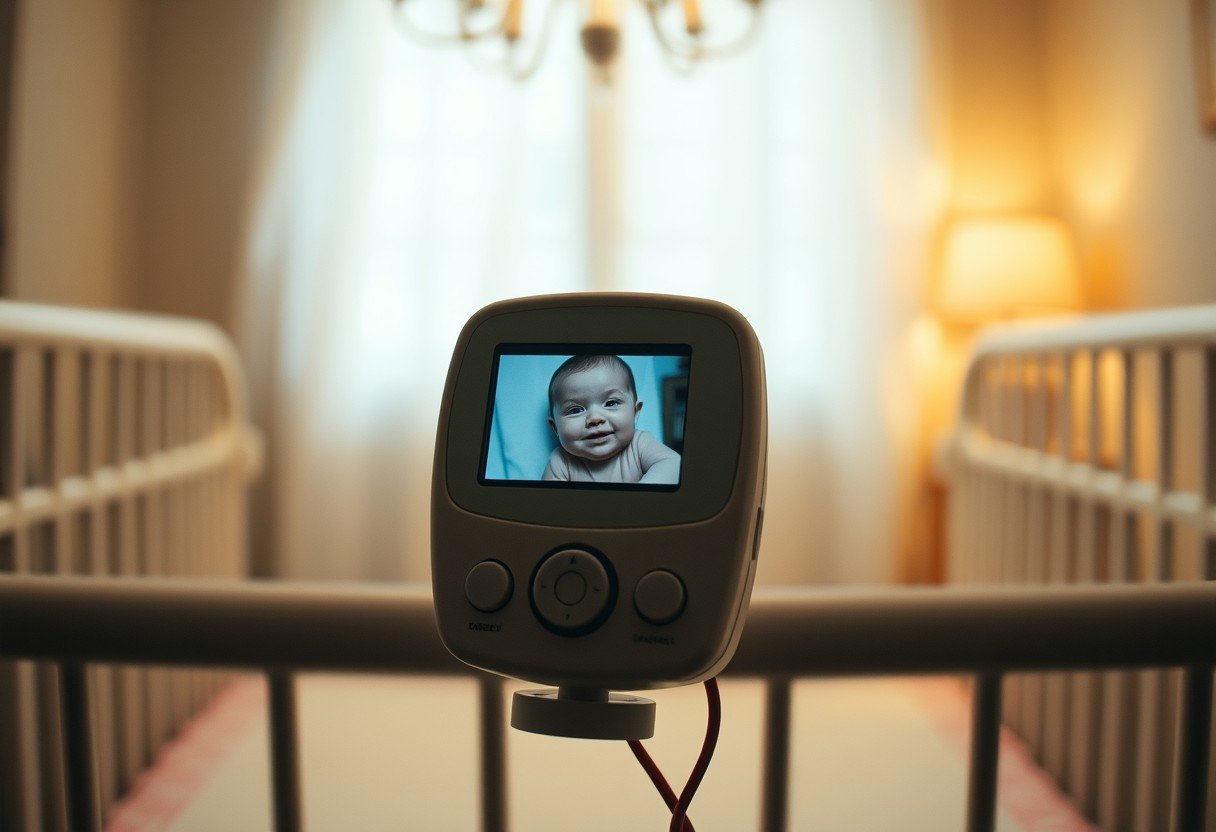Seeing your dog in a cone can be tough, but this simple device is vital for their recovery after surgery or injury. While you might be counting the days, removing it too soon can cause serious problems. The decision to take the cone off after 7 days depends entirely on how well the wound is healing and, most importantly, on your veterinarian’s professional advice. Let’s explore when it is truly safe to free your furry friend from the “cone of shame.”
Why Does My Dog Need to Wear a Cone in the First Place?
The cone, officially known as an Elizabethan collar or e-collar, serves one critical purpose: to prevent your dog from making a bad situation worse. It acts as a physical barrier between their mouth and their wound or incision site.
Dogs have a natural instinct to lick their wounds. While their saliva has some mild antibacterial properties, excessive licking does far more harm than good. It introduces harmful bacteria from their mouth into the wound, which can easily lead to a painful infection.
Furthermore, licking, chewing, or scratching can pull out stitches, reopen the incision, and delay the healing process significantly. The cone is the most effective tool to ensure the wound is left alone to heal properly and without complications. It might look uncomfortable, but a few days of inconvenience is much better than another trip to the vet for a preventable problem.
How Long Should a Dog Typically Wear the Cone?
There is no single magic number for how long a dog must wear a cone. However, veterinarians generally recommend a period of 7 to 14 days. This timeframe is usually enough for the initial, most critical stage of healing to complete and for the skin to close up sufficiently.
The exact duration depends on several factors, including the type of surgery, the location of the wound, and your dog’s individual health and healing rate. A simple neuter incision might heal faster than a more complex orthopedic surgery wound.
Ultimately, the only person who can give you the correct timeframe is your veterinarian. They will assess the wound at a follow-up appointment or provide instructions based on their deep understanding of your pet’s specific medical situation. Never remove the cone without their explicit approval.
What to Check Before Even Thinking of Removing the Cone
Even if you’ve passed the one-week mark, you need to play detective and inspect the wound area closely. A healed wound looks very different from one that still needs protection. This visual check, combined with your vet’s guidance, will tell you if it’s time.
Before calling your vet for the green light, look for positive signs of healing. The skin edges should be together, and the area should look clean and dry. A little bit of pinkness or minor bruising can be normal in the beginning, but it should be getting better, not worse.
Here are key things to watch for that indicate the wound is healing well and might be ready for the cone to come off (with vet approval):
- No Redness or Swelling: The area around the incision should not be bright red, puffy, or hot to the touch.
- No Discharge: There should be no pus (yellow or green fluid) or excessive bleeding coming from the wound.
- The Wound is Closed: The edges of the skin should be sealed together with no gaps where stitches used to be.
If you see any of these warning signs, or if the area has a bad smell, contact your vet immediately. These are signs of a possible infection that requires medical attention.
The Dangers of Taking the Cone off Too Soon
Patience is a virtue, especially when it comes to your dog’s health. Removing the cone prematurely can undo all the progress made during the first week of recovery and create new, more serious issues. The risks are simply not worth it.
The most immediate danger is your dog causing self-injury. A single lick or chew session can be enough to introduce a nasty infection into a healing wound. This can lead to pain, the need for antibiotics, and in severe cases, additional surgery to clean and repair the damage.
A reopened wound means starting the healing process all over again. This not only prolongs your dog’s discomfort but also leads to more vet bills and more time wearing the dreaded cone. It’s a frustrating setback that is almost always preventable by simply following the initial advice.
Are There More Comfortable Alternatives to the Classic Cone?
The traditional hard plastic cone can be clumsy. Dogs often bump into furniture, have trouble eating, and can feel stressed. Thankfully, if the standard cone is causing major issues for your pet, there are several alternatives you can discuss with your veterinarian.
These options aim to provide the same protection with a bit more comfort and freedom of movement. However, they aren’t suitable for every dog or every type of wound. For example, a flexible collar might not stop a very determined dog from reaching a wound on their paw.
Here is a quick comparison of common options:
| Alternative Type | Pros | Cons |
| Inflatable Collar (Donut) | More comfortable for sleeping, doesn’t block peripheral vision. | May not protect wounds on legs, paws, or tail. Can be punctured. |
| Soft Fabric Cone | More flexible and gentle on furniture. Quieter than plastic. | A determined dog may be able to fold it back to reach a wound. |
| Recovery Suit or Shirt | Covers torso wounds completely, very comfortable. | Only works for body wounds, not for head or leg injuries. Must be kept clean. |
Always consult your veterinarian before switching to an alternative to ensure it will provide adequate protection for your dog’s specific injury.
Tips for a Smooth Transition After the Cone Comes off
Once your vet gives you the go-ahead, the moment has finally arrived! But don’t just take the cone off and walk away. The first few hours of freedom are crucial, and you should supervise your dog closely.
Some dogs will immediately try to lick the wound area out of habit, even if it’s no longer itchy. If you see this happening, gently redirect their attention with a toy or a command. You may need to allow cone-free time only under strict supervision for the first day or two.
Keep the area clean and dry as instructed by your vet. Continue to monitor for any changes, as irritation can still occur. Providing a calm environment and lots of positive reinforcement will help your dog adjust back to their normal, cone-free life.
Frequently Asked Questions
Why is my dog still trying to lick the wound after 7 days?
Licking can become a habit, or the area might still feel strange or slightly itchy as the final stages of healing occur. Close supervision is key when the cone is first removed to prevent them from irritating the site.
Can I take the cone off my dog when I am watching them?
While tempting, it only takes a split second for a dog to lick or bite a wound, causing significant damage. It is safest to follow your vet’s instructions and keep the cone on full-time until they approve its removal.
What are the signs that a wound is infected?
Key signs of an infection include excessive redness, swelling, heat coming from the area, yellow or green discharge (pus), and a bad odor. If you notice any of these symptoms, contact your veterinarian immediately.
How do I know if my dog’s cone fits properly?
You should be able to fit two fingers comfortably between the collar and your dog’s neck. It should be snug enough that they cannot pull it off, but not so tight that it restricts breathing or causes chafing.
Are recovery suits better than cones?
Recovery suits can be a great, comfortable alternative for wounds on the dog’s torso. However, they offer no protection for injuries on the head, neck, or legs, where a cone would be more effective.





Leave a Comment